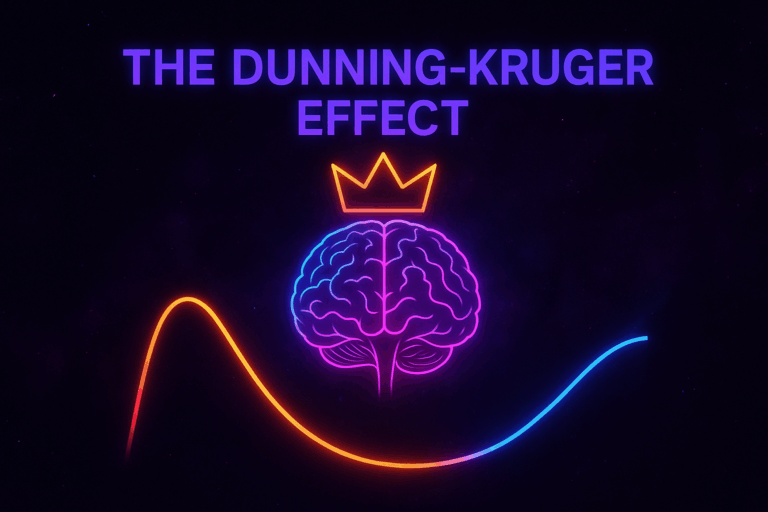Core thesis
- The longer you stay on the wrong path, the harder it is to return—not just due to sunk time, but because your orientation degrades: you lose sight of your true destination and trustworthy waypoints.
Metaphors to use
- Maze/Tunnel: You keep moving in darkness, chasing distant lights that may be false beacons (dead ends, loops, predators).
- Fog of War: Each wrong step reduces map visibility; confirmation bias draws you deeper.
- Riptide: The current (habits, peers, incentives) pulls you farther from shore; swimming harder in the wrong direction exhausts you.
Why it gets harder over time
- Sunk cost fallacy: “I’ve invested too much to turn back.”
- Identity lock-in: Roles, reputation, and social proof form a cage.
- Path dependence: Early choices constrain future options.
- Habit loops & dopamine traps: Reward cycles tied to the wrong path.
- Network effects: Your environment normalizes the wrong path.
- Opportunity decay: Better branches expire while you persist.
- Info myopia: You stop sampling alternatives; models get stale.
Signals you’re on the wrong path
- Chronic dread, Sunday scaries, or relief only when escaping the work.
- Progress without fulfillment: checkboxes ticked, meaning empty.
- Values–actions mismatch you must regularly rationalize.
- Repeated “near-miss” wins that keep you hooked but not advancing.
- Feedback you dismiss because it threatens sunk costs.
How to find the exit (decision protocol)
- Pause movement: Stop digging. Declare a 72‑hour audit window.
- Re-aim the compass: Write top 3 values → translate to constraints.
- Reality snapshot: List incentives, obligations, and true constraints.
- Counterfactuals: If starting today from zero, would you choose this?
- Tiny reversals: 1–2 hour experiments that test alternative branches.
- Signal tests: Precommit objective criteria (sleep, energy, learning rate, external pull) and score paths for 2 weeks.
- Cut losses deliberately: Define a sunset plan (scope, date, handoffs).
- Environment swap: Change peers/tools/inputs that reinforce the old loop.
Cognitive tools
- Inversion: List how to guarantee staying lost; avoid those actions.
- Regret minimization: Which choice future‑you thanks you for?
- Base rates: Compare to archetypes; don’t treat your case as unique.
- Anti-momentum day: Weekly block to question assumptions & routes.
Lesson plan sketch (30–45 min)
- Hook story (maze/tunnel) → quick show of false beacons.
- Group exercise: identify one personal “riptide.”
- Teach protocol (steps 1–8). Pair share on tiny reversal to run this week.
- Close: write a 3‑sentence exit pledge with a date.
Blog outline
- The Orientation Problem: why distance warps judgment.
- The Four Forces (sunk cost, identity, habit, network).
- Spotting Wrong-Path Signals.
- The Exit Protocol (with checkpoints + worksheet link).
- Case vignette (before/after).
- Call to action: run a tiny reversal within 48 hours.
Title ideas
- “When Distance Lies: Finding the Exit from the Wrong Path”
- “False Beacons: How to Stop Following the Wrong Light”
- “The Riptide Rule: Why Turning Back Now Saves Years Later”
CTA draft
- Pick one tiny reversal. Schedule it. Tell one person. Review in 7 days.




